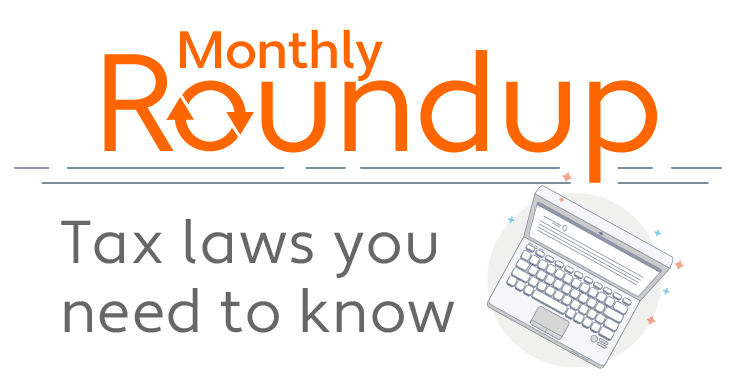
Federal Universal Service Fund (FUSF): What is it used for?
We love unlimited calling and data plans, but unlimited fees, not so much. In April 2021, the Federal Communications Commission started collecting a 33.4% contribution factor for the Federal Universal Service Fund (FUSF), its highest rate ever. This fee is assessed on the interstate and international portions of your phone bill, including cellular, landline, and VoIP.
FUSF is a federally created fund to help ensure telecommunications services are available nationwide to consumers. The fund subsidizes communication services in rural and other hard-to-access areas, schools, health clinics, and related initiatives. While it is a federal program, these are not taxes but discretionary fees that can change every quarter (and change they do).
For context, in the early aughts the contribution factor was in the single digits. The FCC revises the rate up or down each quarter, but it has been on an increase.
How did we get to this point?
The FUSF increase is a story of supply and demand. FUSF is collected on revenues phone companies earn from interstate and international services; this mostly impacts traditional wireline phone service, cellular voice services, interconnected VoIP, and private networks. Traditional wireline service, and even interconnected VoIP products have declined as consumers and industries increasingly turn to things like web conferencing and peer-to-peer VoIP, which often are not subject to FUSF fees. In addition, the voice component costs of wireless bundles have been on a consistent downward trend. A declining supply of revenue base compounded against increasing demands for connectivity have contributed to higher FUSF fees.
Consumer and industry trends have shifted, and the FCC is under pressure to improve broadband deployment to rural and other underserved areas of the country. In 1996, Congress began requiring the FCC to report on broadband deployment. According to the latest report, nearly one-fourth of the population in rural areas, or 14.5 million people do not have broadband access. In tribal areas, nearly one-third of the population lacks access to broadband.
A growing need for broadband access
The pandemic illuminated how marginalized communities suffered from a lack of broadband access. As our lives moved to the information highway, not everyone could hop on. With work, schools, and even medical care going “remote,” broadband access became even more critical.
Broadband access is one of the few issues that has widespread, bipartisan support in Washington. However, someone has to pay for it. “High-Cost Support” for broadband already represents the largest single expenditure of the FUSF budget and there’s little reason to think that will reverse anytime soon.
A growing funding inequity
While the FUSF supports providing access, broadband internet access is one of the services that is not subject to FUSF contribution. While the bulk of the expenditures is devoted to broadband, the service itself does not pay into the program. Obviously, this highlights the supply/demand paradox of FUSF funding.
Are we destined to live with a steady stream of increasing fees? While many observers have theorized that Congress and/or the FCC would reform the contribution structure behind FUSF, it has not yet happened. But a fee of over one-third of receipts that continues to increase seems unsustainable.
Continued calls for change
Change may be on the horizon. The rate itself may be enough of a shock to kick-start change. The companies that are paying the bill are becoming more vocal about the disproportionate burden FUSF places on their business. It’s ironic that a fee designed to democratize access to telecommunications has served to marginalize long-standing market segments providing traditional services.
Another factor that may drive reform is the recent change in the federal administration, and forthcoming FCC appointments. Given the low likelihood of congressional action, might we see a regulatory change instead? The new commission is significantly more likely to restore net neutrality, reclassify broadband service, and heighten rural deployment than the previous one. All of these potential moves by the commission make action on broadband FUSF contribution more probable. With a new commission in place, broadband internet may not continue to reap the benefits of FUSF support without paying the price. For now, keep a watchful eye on the bottom of your phone bill for that 33.4% surcharge.
Learn more about how Avalara for Communications efficiently manages changing FUSF contributions and other communications tax compliance challenges.

Avalara Tax Changes 2024: Get your copy now
Stay ahead of 2024’s biggest tax changes with this comprehensive, compelling report covering seven industries.
Stay up to date
Sign up for our free newsletter and stay up to date with the latest tax news.












